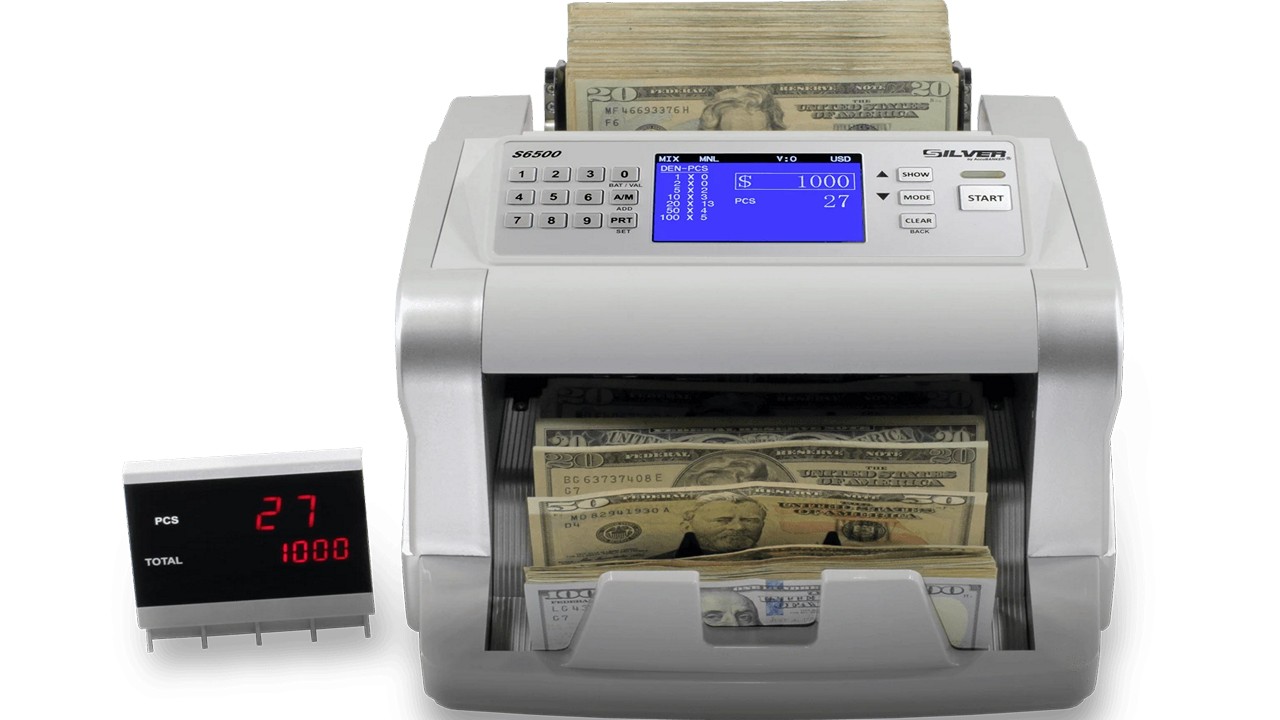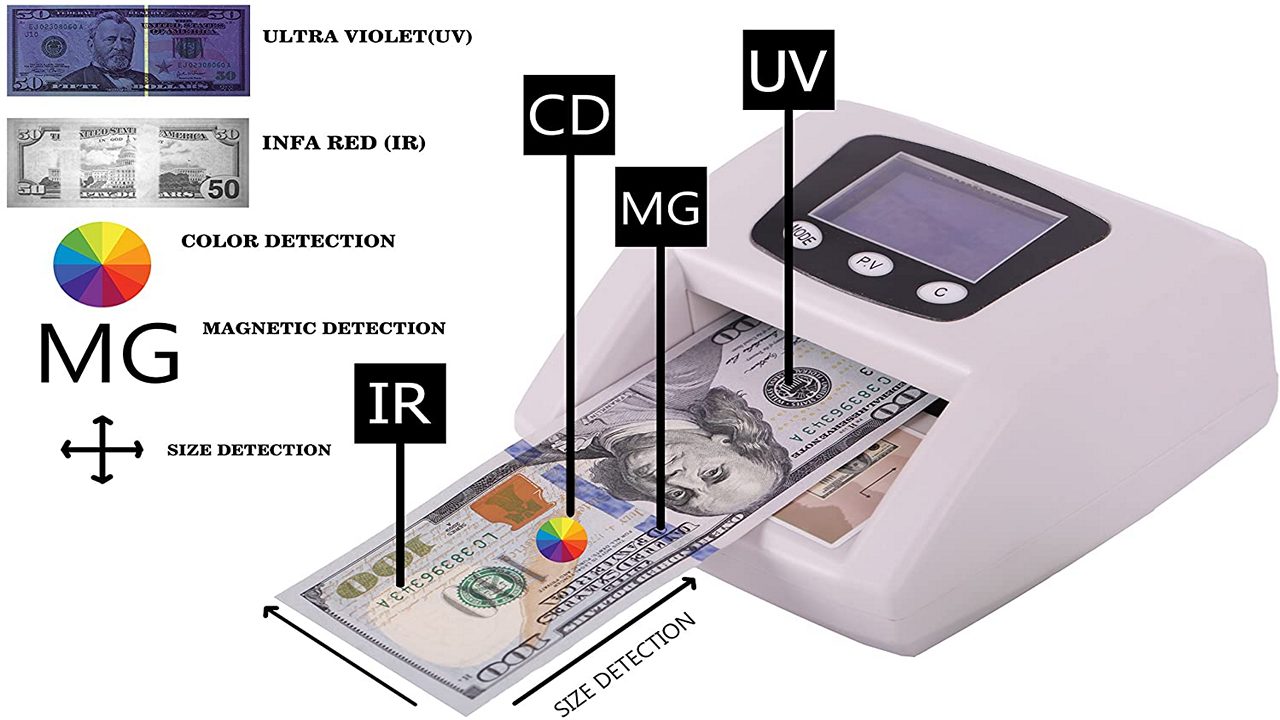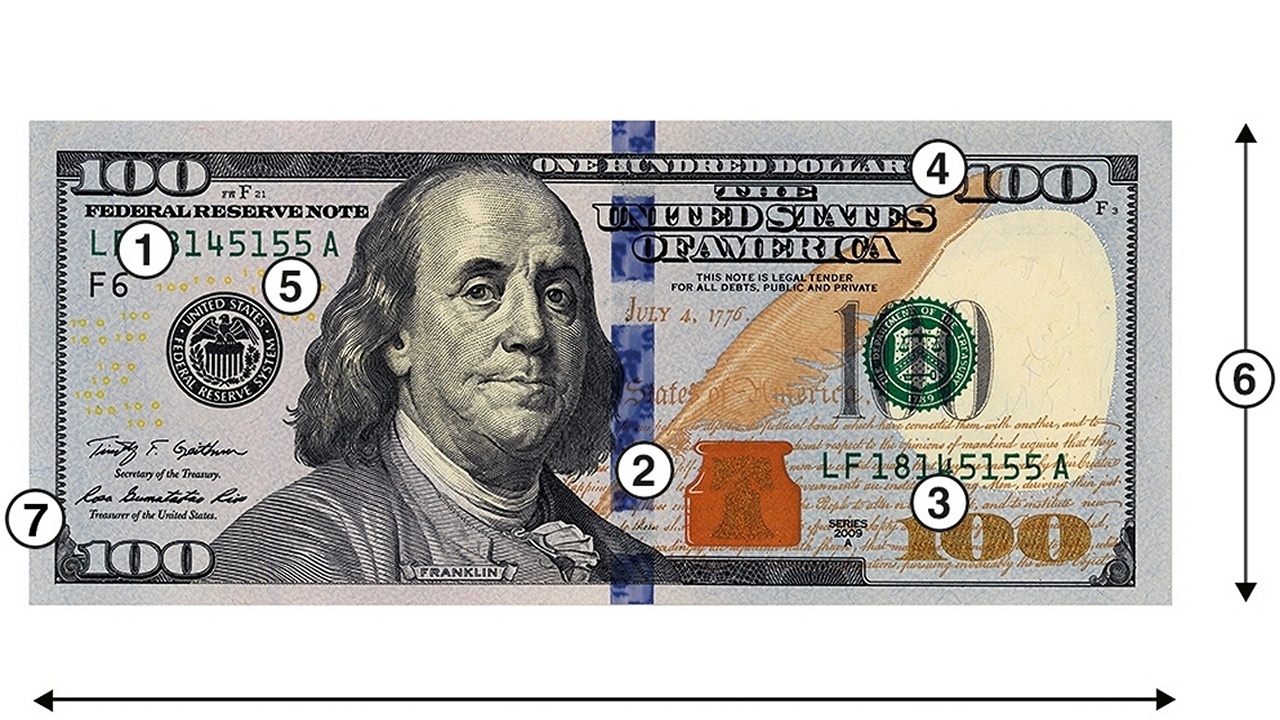Do Money Counters Detect Fake Bills?
Any entity or organization dealing with large amounts of hard cash has to invest in bill counters. This device has allowed businesses to be efficient and for clients to be served quickly. It is an indispensable asset in any organization. And while the counter machine has many features, one that has made it an essential asset is its counterfeit currency detection feature.
There has been an increase in cases of fraud and counterfeit currency. This can probably be attributed to an increase in the advancement of technology and the increased use of the internet. It has been reported in the past that people can make fake bills with a desktop computer, a reliable scanner, and an inkjet printer. But the same technology has given us many ways for detecting fake bills and counterfeit money.
Businesses need to protect themselves in any way possible. Is the purchase of a bill counter the way to go? If you are considering the purchase well you come to the right place. Continue reading and find out.
Money counters and counterfeit technology

The answer to your question is yes. Money counting machines have built-in detection features. As each bill passes through it, the machines carry out these checks at a millionth of a second. We have analyzed some of the technology below.
Ultraviolet technology

This is the most common technological feature found within counter machines. In the manufacture of bills, the Federal US Reserve adds in a unique UV ink with fluorescent phosphor market to the bills. The bills’ marker cannot be detected in natural daylight but only when subjected to UV light of a particular wavelength.
Magnetic technology

Magnetic technology is usually used hand in hand with Ultraviolet technology during the manufacture of bills by the US Federal Reserve. The ink used in the bills contains iron oxide, which can be magnetized. The US Federal Reserve ensures that every bill has a magnetic signature. This magnetic signature is read by a cash counter machine, determining its authenticity.
Therefore, if the magnetized iron oxide signature is not detected, the cash counter machine will flag that particular bill as counterfeit.
The two mention above, the Metal Thread (MT) and the Magneto Resistive (MR) technology use the magnetic components in the bill to detect counterfeit. With the use of an MR sensor that can be installed in a counter machine, US bills can be scanned for specific magnetic properties.
Measurement
The US Federal Reserve has gone to great lengths to ensure that every bill printed is of a particular dimension, in terms of length, width, and thickness. To be exact, the dimensions of a US Bill are 6.14 inches long, 2.61 inches wide, and 0.0043 inches thick. A counter machine will check for that exact length, width, and thickness in every bill.


